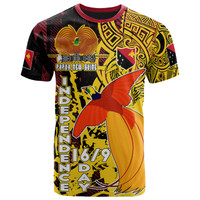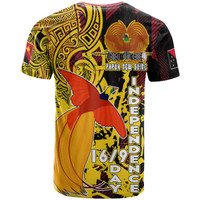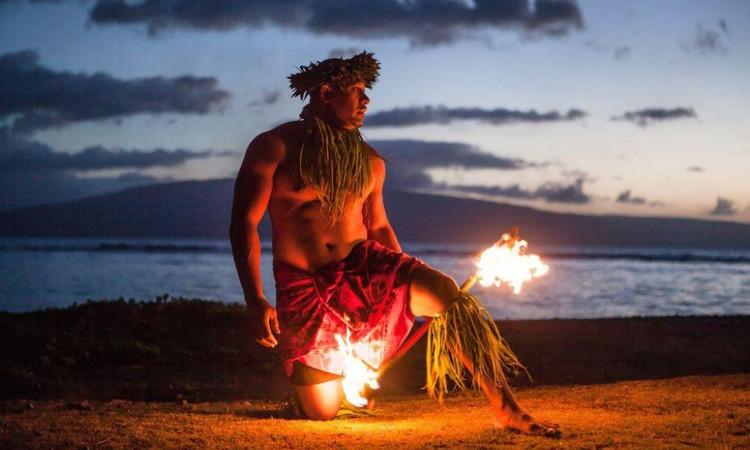Why Maui Is The Best Hawaiian Island To Visit
Posted by Maris on 6th Mar 2024
Greetings from Maui, the second-largest Hawaiian island, a paradise renowned for its breathtaking scenery and vibrant culture. Maui is a multi-million dollar tourist destination that readers of Condé Nast Traveler have dubbed the "best island in the world." This travel guide will assist you in organizing a memorable trip to Maui, the most popular Hawaiian island for vacationing.
Maui Beaches
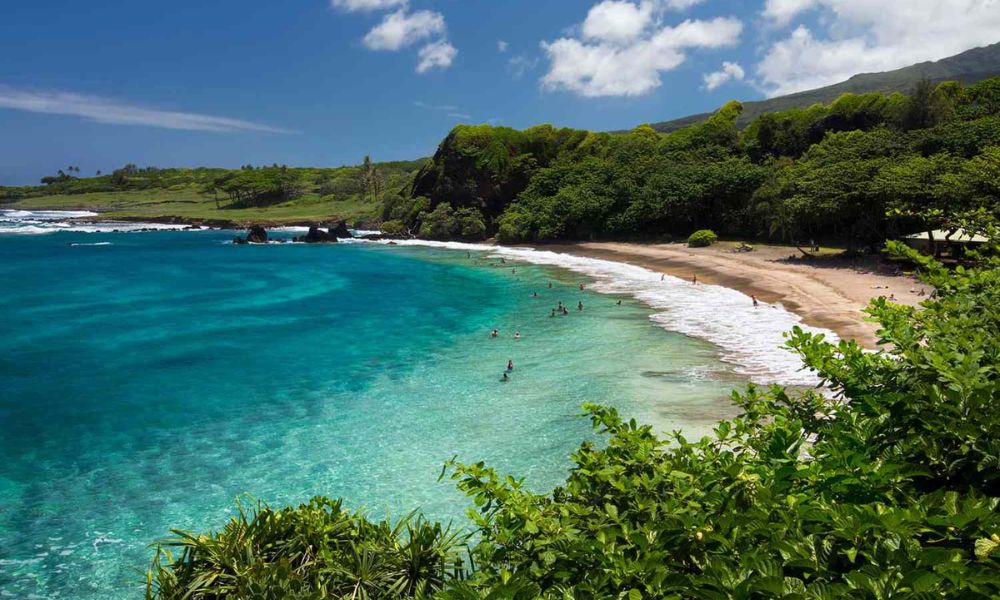
Maui is the greatest Hawaiian island to visit for a variety of reasons, but its gorgeous beaches and lush surroundings rank among the main ones. The renowned Kaanapali Beach is a must-see location where you may spend the day relaxing on smooth white sand or swimming in pristine seas. Another fantastic location for snorkeling and observing vibrant tropical fish is Kaanapali Beach. To fully enjoy the experience, hire snorkeling equipment or go on a snorkeling excursion.
Another beach on Maui that is a must-see is Honolua Bay. The beautiful bay of Honolua Bay is situated on Maui's northwest coast. It is well known for its unspoiled beauty, glistening waters, and abundant marine life, which makes it a well-liked location for surfing, diving, and snorkeling. From the parking lot, it's a short stroll to Honolua Bay. To get to the bay, you will need to walk a short distance after parking your car close to mile marker 32 on Highway 30. Take the walkway that heads toward the coast from the parking lot. The path is clearly marked and reasonably simple to follow. After passing through a tropical jungle, you'll be treated to a breathtaking vista of Honolua Bay. Depending on your speed, the walk from the parking lot to the bay usually takes five to ten minutes.
Baldwin Beach Park is a great place to go if you want a more sedate beach experience. This stunning and well-liked beach may be found on Maui's north shore in Hawaii. It provides guests with a broad stretch of sandy beach, breathtaking ocean views, and a variety of recreational opportunities.

Located near the village of Paia, roughly ten miles east of Kahului, is Baldwin Beach. From Highway 36, the Hana Highway, it is easily accessible. Seek out the signage designating Baldwin Beach Park's entry. There is a visitor-only parking space accessible.
Baldwin Beach is a great place for beachcombing, sunbathing, and leisurely stroll down the shoreline because of its lengthy stretch of golden sand. Due to its relative width, the beach offers plenty of room for guests to spread out and take in the view. While the beachfront is usually calm in the summer, bigger waves and stronger currents can occur in the winter, making it a better option for experienced bodyboarders and surfers.
Maui Hiking
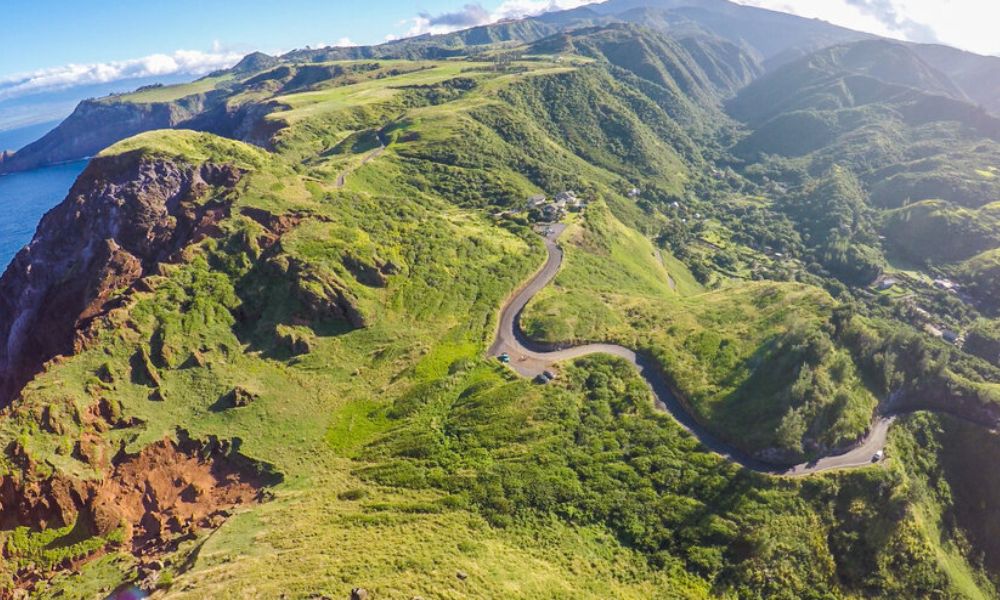
Explore the island's varied landscapes on one of Maui's many beautiful walks, which take you past volcanic craters, coastal cliffs, and lush rainforests. These are a few hikes in Maui that you should not miss.
The Haleakalā Crater hike is one of the most well-liked hikes in Maui. Several hiking trails appropriate for varying ability levels may be found in Haleakalā National Park, which is situated in the eastern section of Maui. The Halemau'u Trail, which leads into Haleakalā Crater, is the most well-liked hike. Hiking 4 miles round-trip, this trail offers breathtaking views of the distinctive vegetation and volcanic terrain. Take on the 9.4-mile Sliding Sands Trail, which traverses the crater floor, for a lengthier and more difficult ride.
The Pipiwai Trail, which is located in the eastern region of Maui close to Hana, is another amazing climb. Hiking the 4-mile Pipiwai Trail will take you through the charming Kipahulu region's bamboo forest. Along the walk, you'll also come across impressive waterfalls, such as the well-known Waimoku Falls. This trail offers an incredible adventure through breathtaking scenery and is a part of the Haleakalā National Park.
For those seeking a more strenuous hike, the Waihee Ridge Trail is a great choice. The fairly difficult Waihe'e Ridge Trail, which is close to Wailuku, rewards hikers with expansive vistas of Maui's north shore. The walk travels about 2.5 miles one way, passing through a verdant rainforest and climbing up the ridge. You'll pass by breathtaking views, colorful flora, and lovely waterfalls on your journey.
Culture of Maui
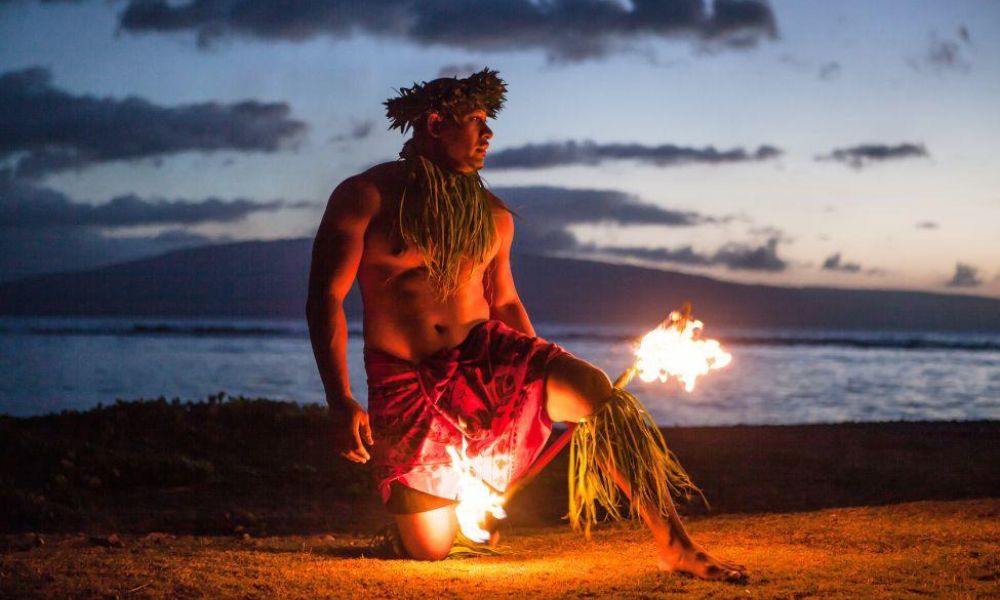
For those who like to fully immerse themselves in Hawaiian culture, Maui is a popular choice. This island differs from other Hawaiian islands in that it provides a distinct and all-encompassing cultural experience. Being the birthplace of the legendary Hawaiian demigod Maui and the location of significant cultural landmarks, Maui boasts a rich historical legacy. Locations such as the revered ʻIao Valley, the historic Lahaina town, and the ancient Hawaiian fishponds in Kealia allow opportunity to learn about Hawaiian traditions and customs and to get an insight into the island's past.

Both locals and visitors to Maui accept and respect Native Hawaiian customs, which include entering hallowed places according to etiquette, preserving the environment, and upholding cultural traditions. Respect for the host culture fosters an environment in which guests may interact with the locals, pick the brains of cultural experts, and have a truly meaningful cultural experience.
Throughout the year, there are a lot of cultural festivals and events that highlight Hawaiian music, dance, arts, and crafts. Don't forget to visit the Maui Onion Festival and the Merrie Monarch Festival in Hilo. But if you want to experience Maui culture in its purest form, go to the Hawaiian town of Kahanu Garden in Hana. A traditional Hawaiian canoe home and a sizable stone temple are among the restored historic buildings that may be found at this living cultural site.
The Biology and Conservation of Maui
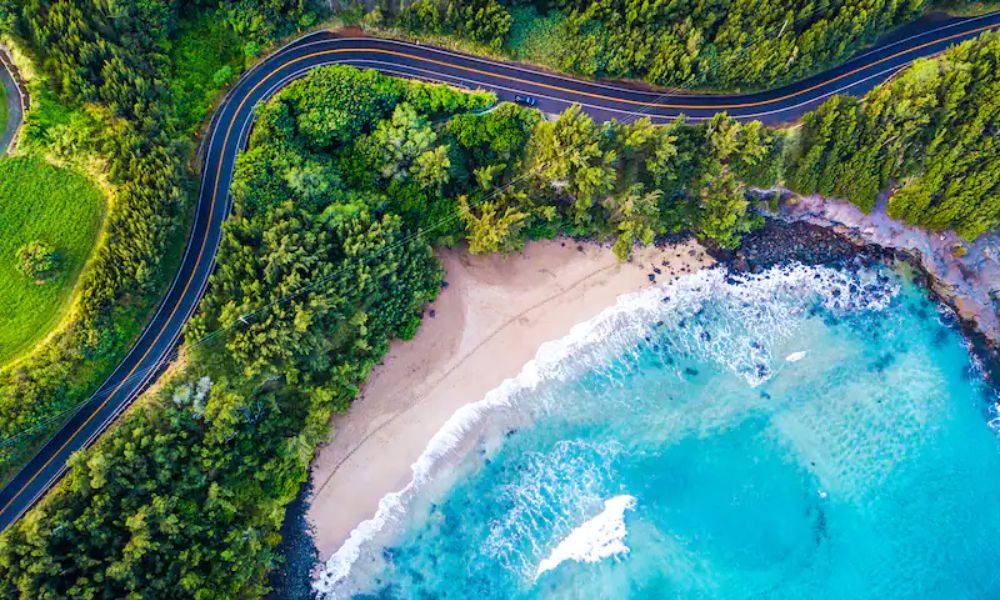
Maui is a very remarkable place because of its distinctive wildlife and conservation initiatives, in addition to its breathtaking beaches and lush landscapes. Known as the "Valley Isle," Maui is home to a range of ecosystems, including wetlands, coral reefs, coastal dunes, dry forests, and rainforests. This diversity contributes to the island's distinctive and varied wildlife. Numerous native plants and animals, many of which are unique to these environments, can be found around the world. Numerous species that are seriously endangered can be found on the island. Examples include the Maui parrotbill (kiwikiu), the Hawaiian hoary bat (ʼōpeŁapeża), and the seabirds of Maui Nui, including the Newell's shearwater (ρaŻo) and Hawaiian petrel (Łuażu). Threats to these species include invasive species, habitat loss, climate change, and other issues.
The ecology of Maui, like that of many other Hawaiian islands, has a number of conservation difficulties. The natural legacy of Maui is being protected and preserved through a number of initiatives. To protect the island's distinctive ecosystems and animals, governmental bodies, conservation groups, nearby municipalities, and private citizens are collaborating on these projects.



